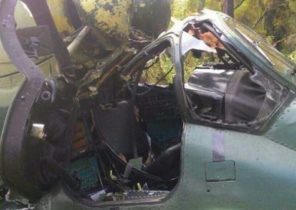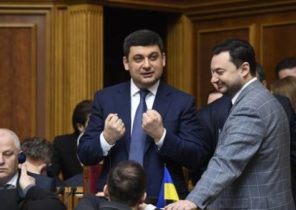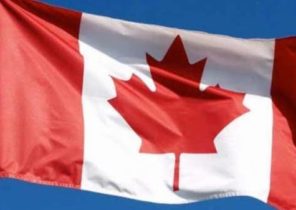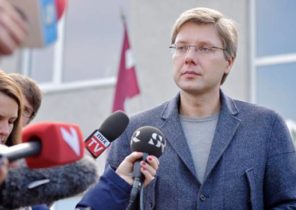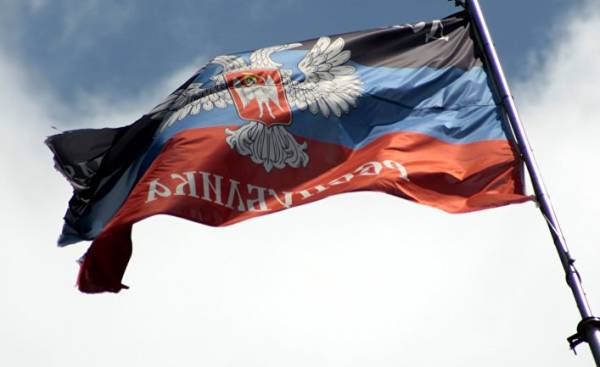
Eugene Yaroshenko, the expert of the International centre for policy studies, specifically for the “Apostrophe”on March 2, 2017 marks 25 years since the beginning of the armed conflict in Transnistria. Although the fighting between the troops of Moldova and the armed forces of the breakaway Pridnestrovian Moldavian Republic (PMR) was completed after the armistice was signed in July 1992, the conflict for a quarter century, is in a “frozen” state due to the unresolved status of the region. Since then, Moldova lost control over the region, however, PMR was not recognised by any country in the world.
Under the “frozen” conflict refers to a situation in which there are no active hostilities between the warring parties, without a political solution to the conflict. In addition to the Transnistrian conflict, examples of “frozen” conflicts may be the current situation in Abkhazia, South Ossetia, Nagorno-Karabakh, Crimea, Kosovo and Cyprus.
After the signing of the agreements Minsk, which helped de-escalate the conflict in the Donbass, many Ukrainian politicians and experts began to consider the “freezing” of the conflict on the “Transnistria scenario” as a better alternative compared to a recovery of full-scale hostilities or solution to the problem by granting special status to certain districts of the Donetsk and Lugansk regions (ORDA).
In this regard, there is a need first to analyse the opportunities and risks due to freezing of the conflict.
Of course, the main advantage of “freezing” of the conflict is the ability to avoid the worst consequences associated with the continuation of hostilities: the losses among soldiers, civilians, internally displaced persons, property damage and destruction.
In addition, the frozen conflict enables States on whose territory the conflict occurs, in the short term to reduce the resources spent on the maintenance of unmanaged areas. In the end, this situation will enable you to concentrate on solving domestic problems, building competitive economy, creation of an efficient army, preparing their own peace plan and the like. The actual loss of control over the secessionist regions has not prevented Georgia (more successfully) and Moldova (less successfully) to make the necessary reforms towards European integration.
At the same time “freezing” of the conflict does not relieve a number of objective challenges facing this state.
First, the “frozen conflicts” are an effective tool to pressure from outside players. For example, the conflicts in Abkhazia, South Ossetia and Transnistria remain the most effective lever of Russian influence in Georgia and Moldova, which periodically manifests itself in the form of military provocations and political blackmail.
Second, the unresolved conflict alienates the uncontrolled territories and hinders their reintegration. Over the last 25 years in Abkhazia, South Ossetia, Transnistria and Nagorno-Karabakh, a whole generation, the identity of which is not usually associated with Georgia, Moldova or Azerbaijan.
Third, the “frozen” conflicts as a favorable center for the smuggling of goods, weapons, drugs and for the emergence of other threats. These phenomena become a profitable business for both sides if the front line remains unchanged for a long time. So, smuggling in the Donbass does not require additional explanation after the beginning of the blockade by the activists.
Fourth, unresolved conflicts can provoke acute social and political contradictions around a solution — from a military scenario for the secession of the separatist entities. This situation is painfully familiar to every citizen of Ukraine, who is not indifferent to the world and the future of our state.
Another question — as far as possible “freezing” of the conflict in the Donbass? The uniqueness of the war in Donbass makes it less realistic repetition of the “Transnistrian” scenario in the East of Ukraine.
In contrast to the Transnistrian conflict, the situation in the Donbas is more internationalized conflict. US sanctions and the EU against Russia are connected with the conflict in the East. As a result, “freezing” while not in the interests of Russia, because Russia will remain the sanctions of the West. In turn, the failure to resolve the Ukrainian crisis prevents many international players to develop cooperation with Russia.
In addition, if other “frozen” conflicts, the delimitation line corresponds to the geographical, administrative and ethnic borders, in the Donbass, the line was formed as a result of hostilities, “in the living” tore the region. Accordingly, to freeze the conflict will not be easy in practice, since many families have relatives that found themselves on different sides of the line of demarcation. In addition, in the Donbass still operates a single production chain.
Thus, Ukraine is not easy to freeze the conflict in the Donbass for a certain time. In this regard, Ukraine needs to develop a comprehensive plan for the settlement that takes account of the uniqueness of the conflict in the Donbass.
Eugene Yaroshenko, the expert of the International centre for policy studies, specially for “Apostrophe”


